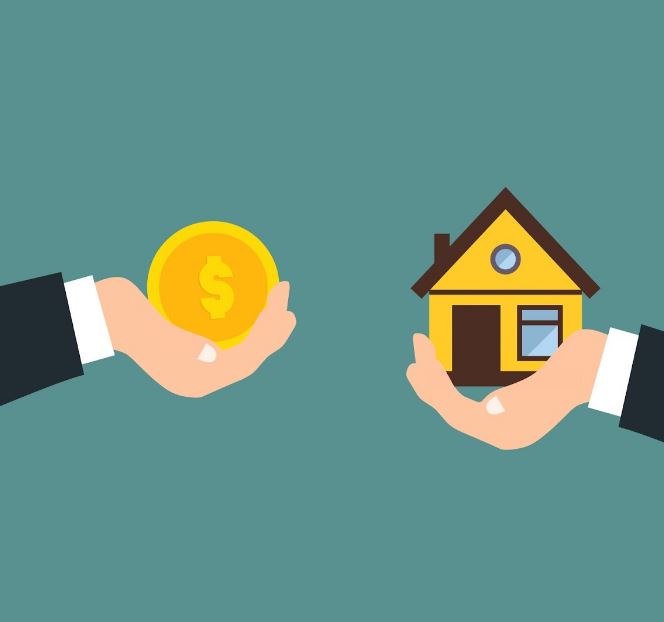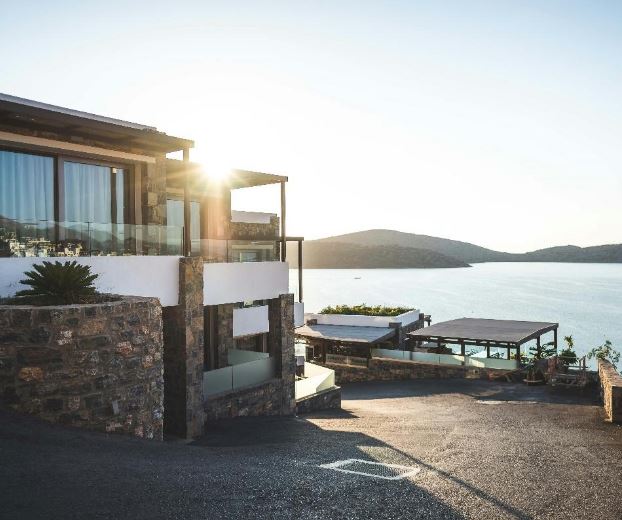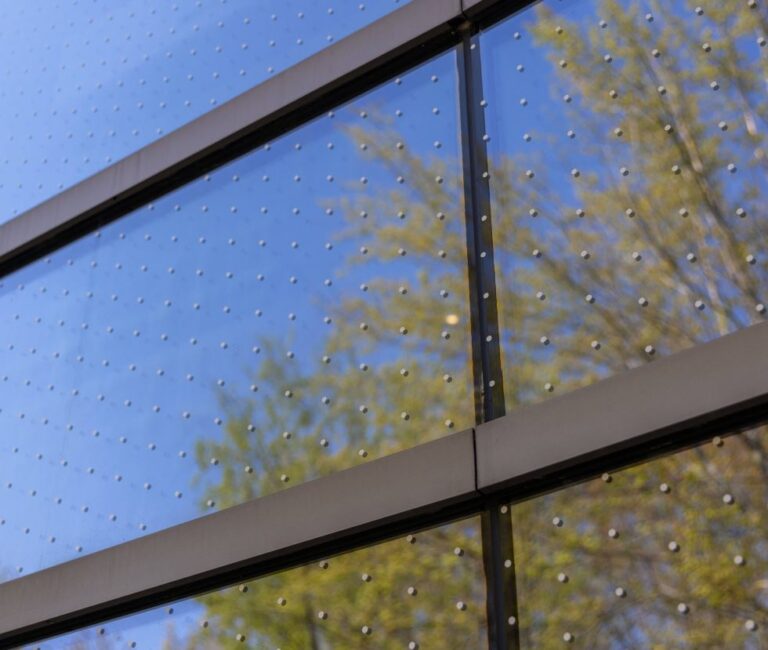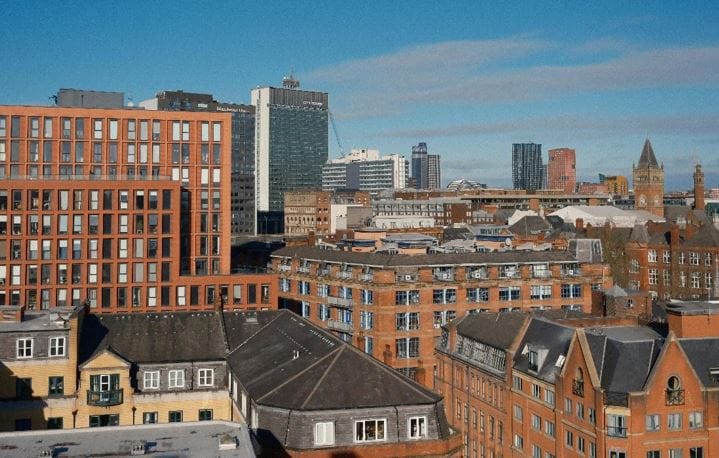Top 2025 Renovation Trends for Homeowners in Canada
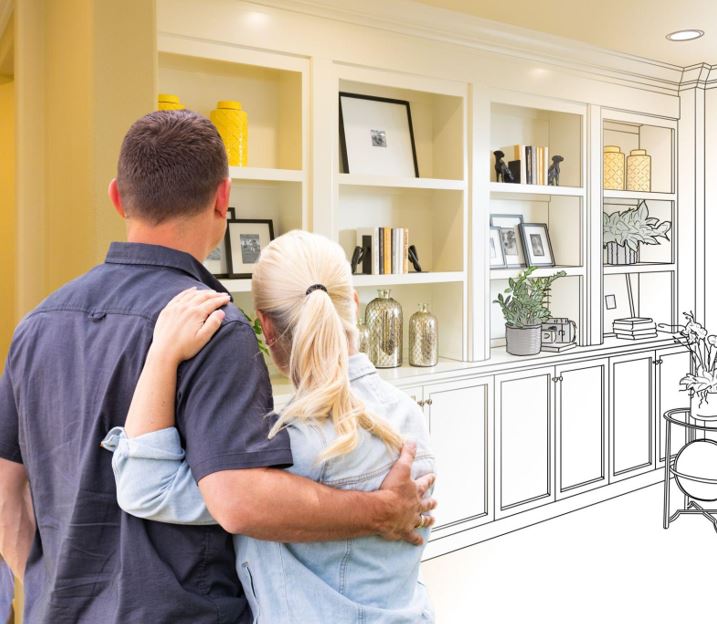
The top renovation trends for Canadian homeowners in 2025 focus on sustainability, smart home technology, and multifunctional spaces. Sustainable upgrades, such as energy-efficient materials, reduce environmental impact while lowering utility costs. Smart tech integration enhances convenience and security, while versatile designs maximize space for modern lifestyles. By staying informed about these trends, homeowners can modernize their properties effectively and add long-term value.
Table of Contents
- Trend 1. Sustainable Renovations: A Step Toward Eco-Friendly Living
- Trend 2. Smart Home Technology: Integrating Convenience and Security
- Trend 3. Maximizing Space: The Rise of Multifunctional Design
- Final Thoughts: Staying Ahead of the Curve in 2025
Home renovations are more than just a way to refresh living spaces – they’re an opportunity to align your home with modern trends, improve functionality, and increase property value. For Canadian homeowners, staying informed about upcoming trends is essential to making smart, forward-thinking decisions. In 2025, renovations will focus on sustainability, smart technology, and adaptable designs that cater to evolving lifestyles.
Whether upgrading for personal use or to boost your home’s market appeal, understanding these trends can guide your choices. Partnering with a trusted renovation company can help bring these ideas to life while achieving professional results. From eco-friendly materials to multifunctional spaces, explore how modern upgrades can transform your home and meet the demands of tomorrow.
Trend 1. Sustainable Renovations: A Step Toward Eco-Friendly Living
Incorporating sustainable practices into home renovations is becoming a top priority for Canadian homeowners. These eco-conscious upgrades not only reduce environmental impact but also improve energy efficiency and indoor comfort. Below, we break down key strategies for creating a greener home.
Energy Efficiency at the Core
- Upgraded Insulation. Minimize heat loss by improving insulation in walls, attics, and basements – essential for cold Canadian winters.
- High-Performance Windows. Install double-glazed or triple-glazed windows to prevent drafts and lower heating costs.
- Energy Star Appliances. Switch to certified appliances that reduce electricity usage without sacrificing performance.
- Automated Systems. Use smart thermostats to optimize heating and cooling schedules, saving energy and money.
Choosing Sustainable Materials
The materials you select play a vital role in sustainable renovations. According to Statista, incorporating eco-friendly materials and energy-efficient solutions into home renovations is becoming increasingly popular. Opting for reclaimed wood or recycled metal adds unique character to your space while reducing waste.
Low-VOC paints and adhesives improve indoor air quality, making your home healthier for your family. Sourcing supplies locally further reduces transportation emissions and supports regional economies.
Water Conservation Made Simple
- Low-Flow Fixtures. Install water-saving faucets, showerheads, and toilets to significantly reduce water consumption.
- Rainwater Harvesting. Collect rainwater for irrigation or cleaning purposes, reducing reliance on municipal water supplies.
- Greywater Recycling. Repurpose water from sinks or showers for non-potable uses like flushing toilets or watering plants.
By integrating these sustainable practices, homeowners can create spaces that align with modern environmental standards. Thoughtful choices today contribute to a healthier planet and more efficient homes for tomorrow.
Trend 2. Smart Home Technology: Integrating Convenience and Security
Smart home technology is transforming how Canadian homeowners interact with their living spaces. From simplifying daily tasks to enhancing safety, these innovations are becoming essential components of modern renovations. Below, we break down the key benefits and applications of smart tech in an easy-to-read format.
Enhanced Convenience at Your Fingertips
- Voice Control: Manage lighting, temperature, and appliances with voice commands or a smartphone app.
- Smart Thermostats: Automatically adjust settings based on your schedule, reducing energy waste while maintaining comfort.
- Customizable Lighting: Use smart lighting systems to adjust brightness and color, creating the perfect ambiance for any occasion.
- Time-Saving Automation: Automate repetitive tasks like turning off lights or adjusting blinds, streamlining household management.
Advanced Security for Peace of Mind
- Remote Monitoring: High-definition security cameras with motion detection send real-time alerts to your phone, allowing you to monitor your property from anywhere.
- Smart Doorbells: Communicate with visitors remotely through two-way audio and video features, even when you’re not home.
- Keyless Entry: Smart locks eliminate the need for physical keys, offering temporary access codes for guests or service providers.
- Integrated Systems: Combine security devices into a single platform for seamless control and monitoring.
Energy Management Made Smarter
- Automated Energy Savings: Smart devices turn off lights or appliances in unoccupied rooms, reducing unnecessary consumption.
- Energy Usage Tracking: Smart plugs allow you to monitor electricity usage for individual devices, helping identify areas for savings.
- Optimized Scheduling: Program devices to operate during off-peak hours, lowering utility bills and contributing to sustainability.
- Long-Term Savings: While the upfront cost may be higher, smart tech reduces energy expenses over time, making it a cost-effective choice.
By incorporating smart home technology into renovations, homeowners can enjoy a seamless blend of convenience, security, and efficiency. These advancements not only meet modern needs but also position homes for future innovation.

Trend 3. Maximizing Space: The Rise of Multifunctional Design
As Canadian homeowners adapt to changing lifestyles, maximizing space has become a top priority in home renovations. Whether it’s creating a home office, accommodating multi-generational living, or simply making smaller spaces more functional, multifunctional design is leading the way. Below, we explore how innovative solutions can transform any home into a versatile, efficient space.
Why Multifunctional Design Matters
Modern homes need to serve multiple purposes, often within limited square footage. This trend is driven by:
- Remote Work. More Canadians are working from home, requiring dedicated office spaces that don’t compromise living areas.
- Urban Living. Smaller homes in urban areas demand creative solutions to make the most of every inch.
- Family Dynamics. Homes now often accommodate different generations or serve as spaces for both relaxation and productivity.
Key Strategies for Maximizing Space
1. Flexible Furniture Solutions.
- Foldable and Convertible Pieces. Items like Murphy beds, foldable tables, and sofa beds adapt to changing needs throughout the day.
- Hidden Storage. Ottomans with compartments, under-stair shelving, and built-in cabinets keep clutter out of sight.
- Modular Systems. Customizable furniture allows homeowners to reconfigure spaces based on current requirements.
2. Open-Concept Layouts.
- Removing Walls. Eliminating unnecessary walls creates a sense of openness and improves flow between rooms.
- Zoning Techniques. Use rugs, lighting, or furniture placement to define separate areas within an open space.
- Natural Light. Large windows and glass partitions enhance brightness, making smaller spaces feel larger.
3. Multi-Use Rooms.
- Home Office + Guest Room. A spare room can double as a workspace and guest accommodation with the help of a pull-out sofa or loft bed.
- Living Room + Gym. Incorporate foldable exercise equipment or wall-mounted storage to create a dual-purpose area.
- Kitchen + Dining Space. An island with bar seating serves as both a prep area and casual dining spot.
The Impact of Multifunctional Design
By embracing multifunctional design, homeowners can create spaces that adapt to their evolving needs. Thoughtful planning and innovative solutions help maximize usability without sacrificing style or comfort. These upgrades not only improve daily living but also add long-term value to properties, making them more appealing in a competitive housing market.
Final Thoughts: Staying Ahead of the Curve in 2025
The home renovation landscape is rapidly evolving, and Canadian homeowners have a unique opportunity to embrace trends that align with modern lifestyles and future needs. From eco-friendly upgrades that reduce environmental impact to smart technology that enhances convenience and security, these innovations are reshaping how we live. Multifunctional designs further amplify the potential of our spaces, ensuring they adapt seamlessly to changing demands.
By staying informed about these trends, homeowners can make decisions that not only improve their quality of life but also increase their property’s long-term value. Thoughtful planning and strategic upgrades position homes as efficient, sustainable, and adaptable spaces – qualities that are increasingly important in today’s market.Whether you’re upgrading for personal enjoyment or preparing your home for resale, professional guidance can help bring your ideas to life while avoiding common pitfalls. With the right approach, your renovation project can transform your space into a reflection of your val


